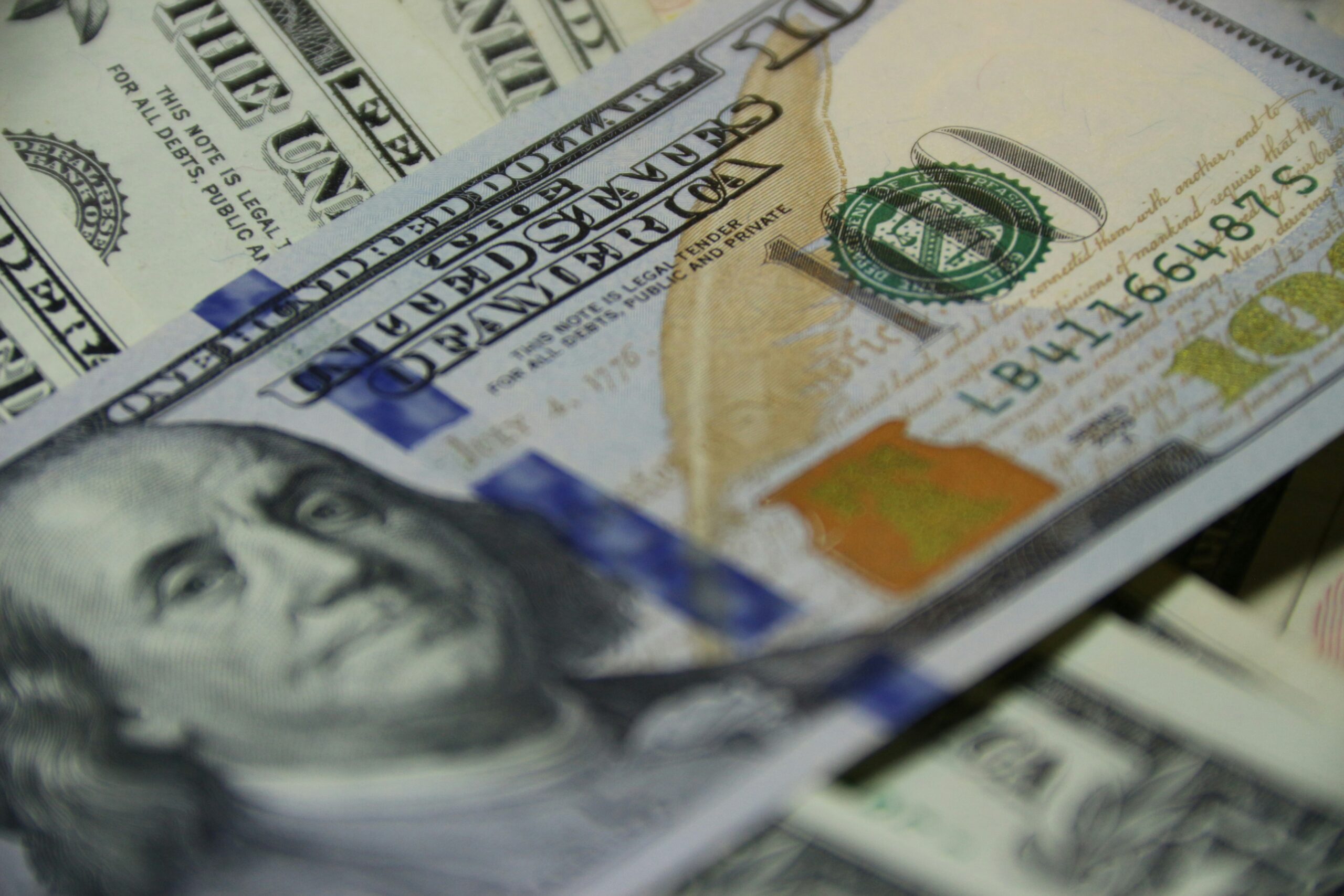Securing Your Tomorrow: Crafting an Effective Emergency Fund Timeline
Understanding Emergency Funds
An emergency fund isn’t just a piggy bank for a rainy day; it’s your financial lifeline. This section breaks down why emergency funds matter and offers practical tips for building and managing them with ease.
Why Bother with Emergency Funds?
Think of an emergency fund as your financial superhero, swooping in when life’s surprises throw things off course—like sudden medical bills or your car’s untimely breakdown. Experts suggest stashing away enough cash to cover three to six months of living expenses if life throws you a curveball.
Starting small can be a power move too. Financial guru Dave Ramsey recommends socking away $1,000 to start, which can cushion you from the initial jolt of unexpected costs. But don’t stop there; bulking up your fund beyond that makes sure you’re ready for the bigger surprises (Erin Gobler).
Making That Fund Happen
Here’s a playbook to making your emergency fund dream a reality:
| Plan | Details |
|---|---|
| Build a Savings Habit | Like brushing your teeth, make saving a regular part of your routine. Little by little adds up. |
| Watch Your Money | Keep an eye on where your money comes and goes so you spot extra cash for saving. |
| Cash Infusions | Use bits of unexpected money, like tax refunds, to top up your fund. |
| Set It and Forget It | Automate transfers to let the savings pile up without lifting a finger. |
| Scope Out Your Needs | Factor in what could throw your finances off—like a job loss or extra family costs—and save accordingly. |
These strategies make it doable to reach your saving goals. Deciding on the fund size needs a bit of thought especially around your monthly outgoings and income streams (Erin Gobler). It’s crucial to save up for emergencies alongside tackling other money matters, like slimming down debt, so you’re not just robbing Peter to pay Paul (Bankrate).
If you’re seeking more nitty-gritty advice, check out our detailed guide on how to start an emergency fund and grab some emergency fund savings tips. Getting clued up on the difference between an emergency fund vs savings account is also key to smart financial planning.
Building Your Emergency Fund
Creating a safety net for life’s curveballs can be a bit of a juggling act. It takes some good ole’ discipline and a solid plan to stash away funds for a rainy day. With regular saving habits, seizing chances to save big, and setting up automatic savings, anyone can put together a comfy cushion of cash for unexpected expenses.
Establishing a Savings Habit
Start by making saving a part of your daily routine—like your morning coffee, but better for your wallet. Set aside a fixed chunk of change every month to steadily build your emergency stash. As the Consumer Financial Protection Bureau suggests, keeping tabs on where your money goes can help you spot spending you can cut back on for extra savings.
Got a tight grip on your budget? Try these tricks:
| Idea | What It’s About |
|---|---|
| Keep a Budget | Watch your cash flow like a hawk. |
| Savings Challenge | Kick off a challenge where you save a bit more each week. |
| Expense Check | Go over your monthly bills and trim the fat. |
One-Time Savings Opportunities
Sometimes life hands you extra cash—don’t let it burn a hole in your pocket. Grab opportunities like tax refunds, bonuses, or any sudden windfalls to throw a chunk into your savings. This not only fattens your emergency fund but also cushions your finances for future surprises. Even putting away small amounts regularly can make a big difference over time.
Look out for these money boosters:
- Tax Refunds
- Work Bonuses or Incentives
- Gifts or Inheritances
- Side Gig Earnings
Making Savings Automatic
Think of automation as your savings on cruise control. Set up your bank to automatically shuffle a set amount into a savings account on the regular. This way, you’re saving without lifting a finger, as noted by the Consumer Financial Protection Bureau.
Splitting your paycheck to go straight into checking and savings is another slick move. It simplifies saving and makes sure your emergency fund gets regular nourishment. This method works wonders for folks with stable income sources (Consumer Financial Protection Bureau). Managing your money well can keep your emergency fund from gathering dust.
Want to kickstart your emergency fund? Check out guides on how to start an emergency fund and emergency fund savings tips. Plus, it helps to know the scoop on an emergency fund vs savings account so you can pick the right strategy for your financial game plan.
Factors Influencing Emergency Fund Amount
Figuring out the right amount to stash in an emergency fund ain’t as easy as pie; it takes a bit of thinking about your own life and what surprises might pop up. Let’s chat about how your personal life, unexpected expenses, and the art of making your savings fund just for you can change your emergency stash.
Personal Circumstances
Your own life can change how much you need to squirrel away for a rainy day. Got a good job and no kids? You might not need as much. But if you’re juggling a family and high bills, you’ll need a bigger nest egg. Dave Ramsey, the money guru, says start with $1,000. But honestly, that could run dry fast with just a few surprises. Some folks say aim for three to six months’ worth of living expenses. And if you’re listening to Suze Orman, well, she’s gonna say save up for eight months, especially if things look iffy in the economy (Investopedia).
| Life Situation | Suggested Emergency Savings |
|---|---|
| Steady job and no kiddos | $1,000 – $3,000 |
| Family life or high bills | $5,000 – $10,000 |
| Money changes like the weather | Save 3 – 6 months of expenses |
Unforeseen Expenses
Ah, the surprises life throws at us. These can really mess with your game plan for your fund. Think about what might hit you out of the blue—like that surprise doctor bill, car troubles, or even job loss. The folks at the Consumer Financial Protection Bureau warn that no savings means you might end up owing money or leaning on credit cards (Consumer Financial Protection Bureau).
Knowing what could go wrong helps figure out what’s a safe amount to save. Like, if tornadoes are frequent where you live, maybe put a little more aside for repairs or losses.
Tailoring the Fund Size
Making the stash just right for you is about checking out how you live, your moolah situation, and how much safety you want. A couple grand might work for some, but others sleep better with a bigger pile. Tara Alderete at Money Management International says pay down debts if the emergency fund’s already looking healthy (Bankrate).
Having a plan to build your savings bit by bit helps, no matter where you’re starting from. Putting your emergency fund in an account that earns interest is smart, as it makes your money grow without risking it. With these thoughts in mind, you can create a safety net that’s just right for your life’s ups and downs.
Wanna dig deeper? Check out our articles on how to start an emergency fund and saving money for emergencies.
Strategies for Consistent Saving
Building a safety net isn’t just about stashing cash, it’s about developing consistent savings habits. Dropping your spare change into a jar might sound quaint, but using automatic transfers, paycheck splits, and clear goals takes your game to the next level.
Automatic Savings Transfers
Automatic savings transfers are the lazy genius way to pad that emergency wallet. Most banks (and even your trusty credit union) let you fiddle with these auto-transfers. You set it and forget it—no debating whether or not to skip saving this week. It’s like your subconscious is doing the heavy lifting every time payday rolls around.
| Transfer Frequency | Recommended Amount |
|---|---|
| Weekly | $20 – $50 |
| Biweekly | $50 – $100 |
| Monthly | $100 – $300 |
Direct Deposit Allocation
Slicing your paycheck like it’s a pie could be your new best friend. With direct deposit allocation, part of your paycheck can go straight to savings. You barely notice it’s gone, and meanwhile, your emergency stash is getting a steady flow. If you’ve got a stable job, this is pretty much a no-brainer.
| Income Type | Suggested Allocation % |
|---|---|
| Salary | 10% – 20% |
| Bonus or Extra Income | 50% – 100% |
Setting Specific Savings Goals
Having set goals beats vague wishes. Want peace of mind? Know how much you need to sleep soundly. Maybe you start with $2,500 for those annoying little hiccups like car trouble or minor medical bills. Long term, aim for $15,000 to $30,000 to handle bigger blows life throws your way. Clear goals shift savings from stressful to smart planning.
| Savings Goal Milestone | Description |
|---|---|
| $2,500 | Cover minor emergencies like car repairs or medical bills. |
| $15,000 – $30,000 | Prepare for significant income loss or large unexpected expenses. |
A solid emergency fund doesn’t just fall from the sky. It’s built brick by brick with these strategies. Keep those contributions coming, and you’ll be able to handle life’s surprises without breaking a sweat. Curious about more ways to stop money stress? Check out our tips.
Dealing with Financial Emergencies
Life has a knack for throwing curveballs, and when it comes to your wallet, a little planning can go a long way. Let’s step into the world of financial emergencies, get a grip on the curveballs that come our way, and figure out how to glove ’em just right.
Most Common Financial Emergencies
Suddenly hitting those money potholes is something everyone fears. One minute you’re cruising, and next, you’re pulling out the cash reserves. Here’s where folks typically reach for that emergency stash:
| Type of Issue | % of People Affected |
|---|---|
| Big home fixes (like your roof or AC) | 26.4% turn to emergency funds |
| Health bills | Over $140 billion in medical debts, yikes! |
| Job loss | Happens when companies tighten belts |
| Surprise costs | 40% can’t manage an unexpected $400 bill |
A little reality check: Only 44% of Americans have the wiggle room to handle a $1,000 hit. So, getting a handle on these surprises helps you see why an emergency fund is your new best friend.
Why You Gotta Be Ready
It’s no fun being caught off guard (just ask anyone who’s gotten an unexpected medical bill). Without a cash cushion, you might reach for credit cards or need loans, digging a deeper hole. A decent fund can be your financial cushion, keeping you from a debt spiral. If you’re flying blind when trouble hits, bouncing back becomes this uphill climb (read more here).
How to Play It Smart with Money
It’s all about having a game plan, right? Here’s the playbook to tackle money mishaps:
- Build that safety net: Aim for a stash that covers three to six months of life’s bills.
- Budget check-up: Make sure you’ve got dough set aside for surprise hits.
- Steer clear of those credit traps: Avoid jumping into debt pits when times get hard.
Get your playbook ready and you’ll tackle financial emergencies like a pro. For tips on setting up your emergency fund, take a gander at how to start one. Want more on saving up for those rainy days? Check out our money-saving tips. Plus, getting the lowdown on an emergency fund vs regular savings might just save your bacon when surprises come knocking. Let’s be ready for whatever life throws our way!
Maintaining and Growing Your Fund
Kickstarting your emergency fund is half the battle; the trick is to keep it going and growing to shield your wallet from life’s wild turns. Here, we’re chatting about bouncing back after using your stash, picking the right savings account, and avoiding the urge to raid the piggy bank.
Rebuilding After Withdrawals
So, you’ve hit a rough patch and had to dip into your emergency fund. Now, it’s time to patch it back up. Folks who can’t bounce back usually find themselves strapped for cash when another hiccup comes around, leaving credit cards or loans as the go-to, which means more debt down the line.
To start stitching your fund back together, set a clear goal for how much you need to save. Carve a slice out of your monthly budget for this. Ditch the fancy dinners and new shoes for a while, and focus on reaching that safety net of covering three to six months’ worth of expenses. That amount can vary based on your unique life situation.
| Withdrawal Type | Suggested Rebuild Amount |
|---|---|
| Small Blips | $500 |
| Big Hits (like losing a job) | $1,000 – $3,000+ |
Types of Savings Accounts
Picking where to stash your cash is just as important as packing it. Here are three flavors of savings accounts to think about:
| Account Type | What’s It Like | Perks | Downsides |
|---|---|---|---|
| High-Yield Savings | Often seen with online banks | Juicy interest rates | Prods you to tech-savvy |
| Money Market | A fancy savings/checking combo | Check-writing and debit-withdrawals | Needs a big chunk to start with |
| Plain Old Savings | Found in most banks | Easy to get to and low cash-start | Interest rates that won’t make you dance |
Knowing what each account offers can help your money grow while staying handy. Curious about more? Check out our emergency fund vs savings account article.
Resisting the Temptation to Dip In
Keeping your paws off the fund is a must. Schlepping it out for a splurge can mess with your safety nest. Here’s how to keep it safe:
- Spell out what’s really an emergency.
- Park your fund in its account to build a mental wall against “accidental” spending.
- Keep reminding yourself why you have it – to fend off those nasty cost surprises.
Only 44% of Americans reckon they could cover a surprise $1,000 emergency, and 40% feel dry if hit with a $400 surprise (SecureSave). So, keeping the cookie jar untouched and growing gives you a bit of cushion and snug vibes.
Nail these moves, and you’ll be in good shape to keep your emergency fund steady and thriving. Looking for more nuggets of wisdom? Hop over to our emergency fund savings tips for extra help shoring up your financial future.







